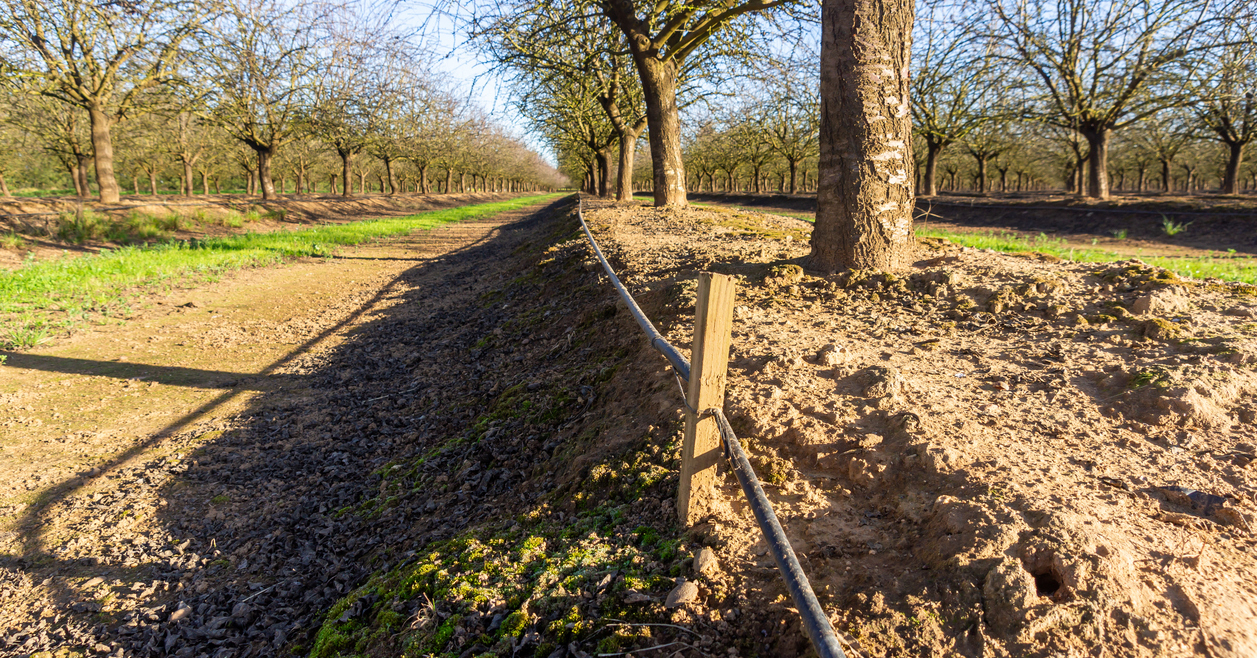Gettin’ Deep: Proper Root Fertilization for Trees and Shrubs
Some dissension exists in the arborist community as to whether trees need fertilization deeper than the surface of the soil. While it’s true that you may not need to go that deep in your fertilization to help trees live the fullest and healthiest possible life, a smart approach does help. Let’s talk about root structure, fertilization practice and how best to get your trees the nutrition they need.
Root Architecture
A tree’s roots, while we never see them, are fairly impressive. Think of the canopy of the tree, reflected downward into the soil. Most trees, believe it or not, really do have a root system as big as their canopies, leading most people to believe that to have a healthy tree, they must fertilize this entire system… Hence the question of deep root fertilization.
How Low Should You Go?
According to the University of Minnesota Extension, however, you don’t need to get all the way down there to the bottom-most roots of the tree. In actuality, you only need to dig about 1 to 1.5 feet using a soil auger. That’s because most of the tree’s absorbent roots, where it takes in water and nutrients, are located in the top 8–12 inches of soil, so you don’t need to worry about what’s down lower. The roots that dig really deep are already tapping into water and nutrients located underground, and they don’t need your help.
Plus, it’s always important to be environmentally responsible. Putting fertilizer much deeper than 1.5 feet or so makes it more likely the fertilizer will get into the groundwater, which is bad for fish and wildlife. Potassium, nitrogen and phosphorous, while good for trees, can wreak all sorts of environmental havoc, so stick to the top layers of soil during your fertilizer application to keep your yard and the world happy.
Call Premier Tree Solutions, a growing tree removal business based in Atlanta, Georgia. We specialize in a number of areas, including trimming and pruning, tree removal, storm damage control, and cleanup. We’re always here to help.
If you’d like help caring for your property, please don’t hesitate to give us a call at 404-252-6448.







